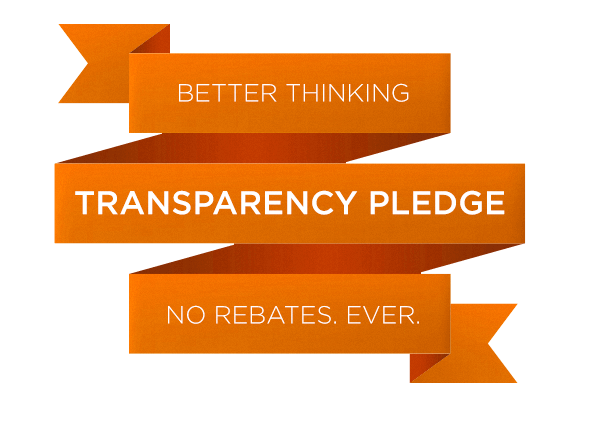Published on
(Digital) Growing Pains
Growing up is full of challenges. The programmatic advertising industry is moving out of its awkward, rebellious teenage phase into that of a more responsible young adult. They’ll still stay out too late, but odds are they’ll make it to work on time.
What’s changed? The rise of quality and safety.
Programmatic advertising is at heart the use of software to plan and buy digital advertising. Initially focused on banner ads, programmatic has evolved to cover almost every form of media, from TV spots to streaming audio to online video and mobile. The automation of the software platforms initially focused on cost savings – but as programmatic often picked up “remnant” digital ad space, issues on the quality of placement began to be the focus. P&G, the largest advertiser in the world, in 2017 culled its programmatic ad purchases by about $200 million and refocused on a short list of high-quality websites, worried that the so-called long-tail of ad content might put its brands in bad editorial context.
Like a 20-something who still feels passionate about the tech in his sports car but is learning to drive more carefully, programmatic is coming into a balance of computer savvy and contextual quality.
Example one; MediaPost reported recently that programmatic ad quality is higher than ever before in the space, with “notable declines in the rates of malicious and in-banner video ads.” No one factor can take the credit for the improvements, but contributors include the widespread adoption of the ads.txt format, SSP vigilance, as well as programmatic agencies ratcheting up their vigilance around buys.
Example two comes from Google, where YouTube has agreed to end targeted advertising around videos that children are likely to watch. YouTube’s revenue from children’s media has been estimated to be upwards of $750 million a year and this change is expected to negatively affect YouTube, and Google’s, bottom line. The move puts YouTube more in line with rules around television advertising targeting children, and while how the change will be implemented is still to be finalized, it is a step in the right direction toward protecting the most vulnerable viewers of online content.
As the Internet approaches 40, societal expectations are causing advertisers and publishers to adjust their approaches as well. Growing up is never easy, but we see good things ahead for programmatic and—as long as they have it back by 11 p.m.—may even lend it the car keys this weekend.

